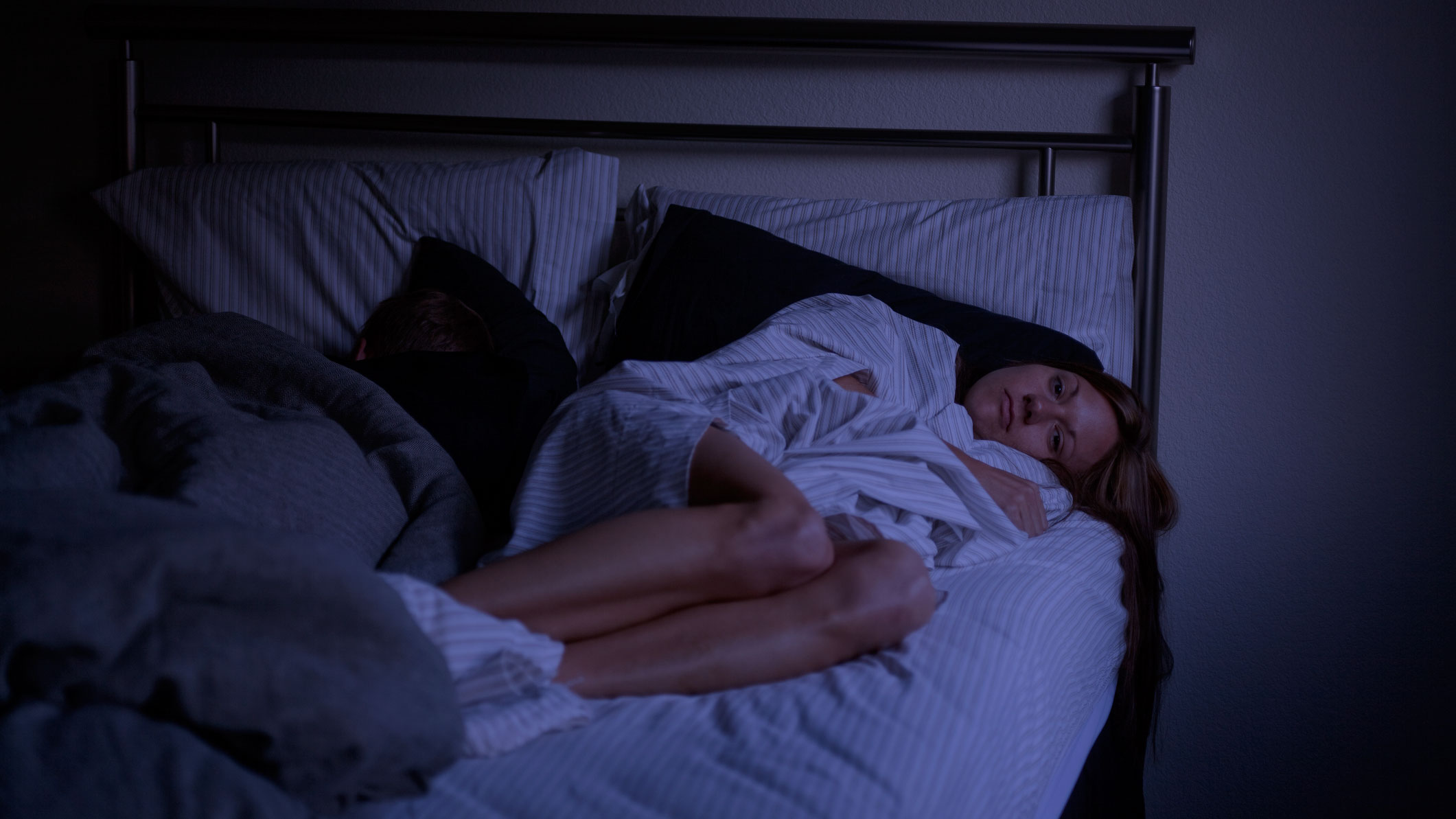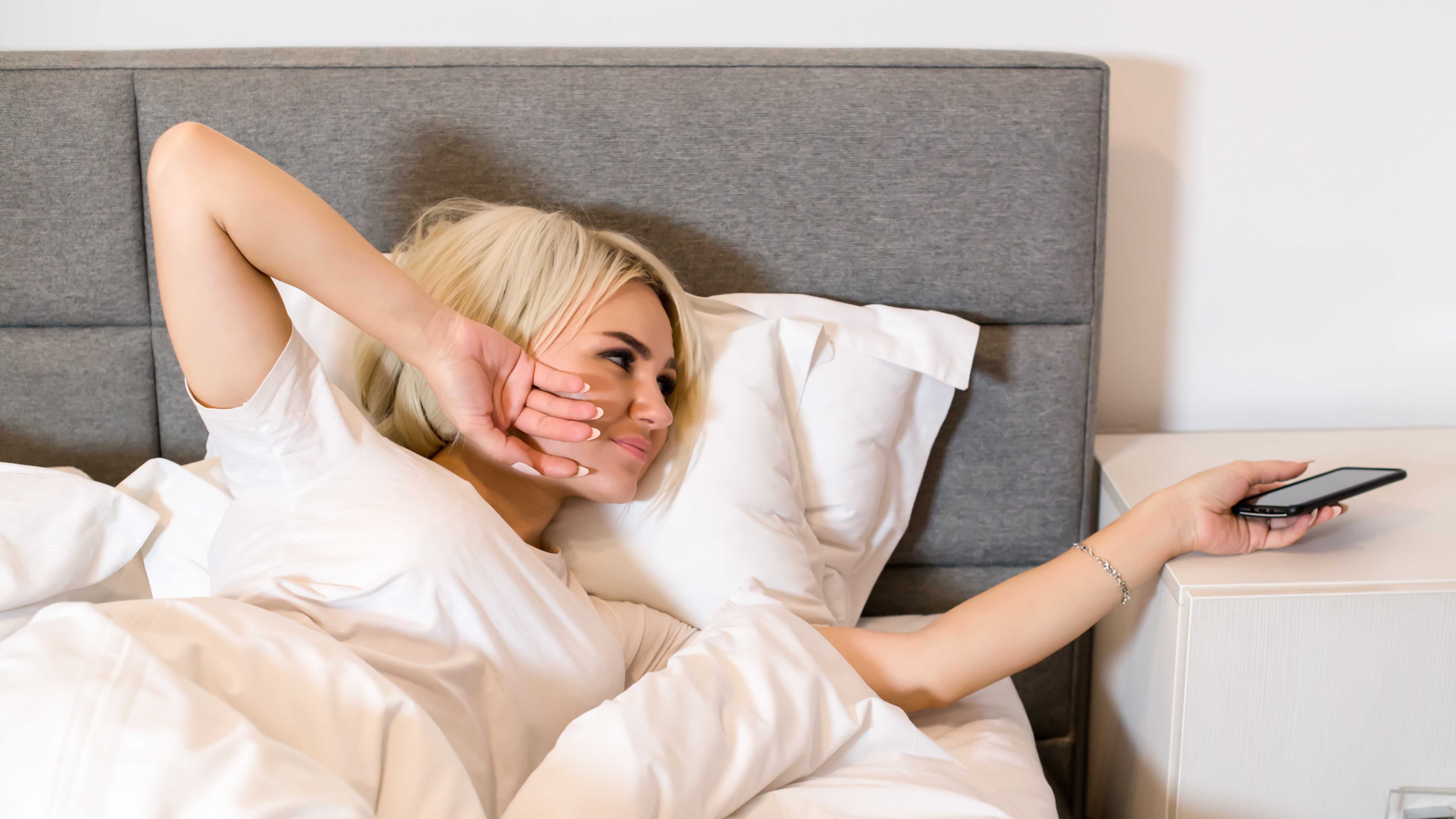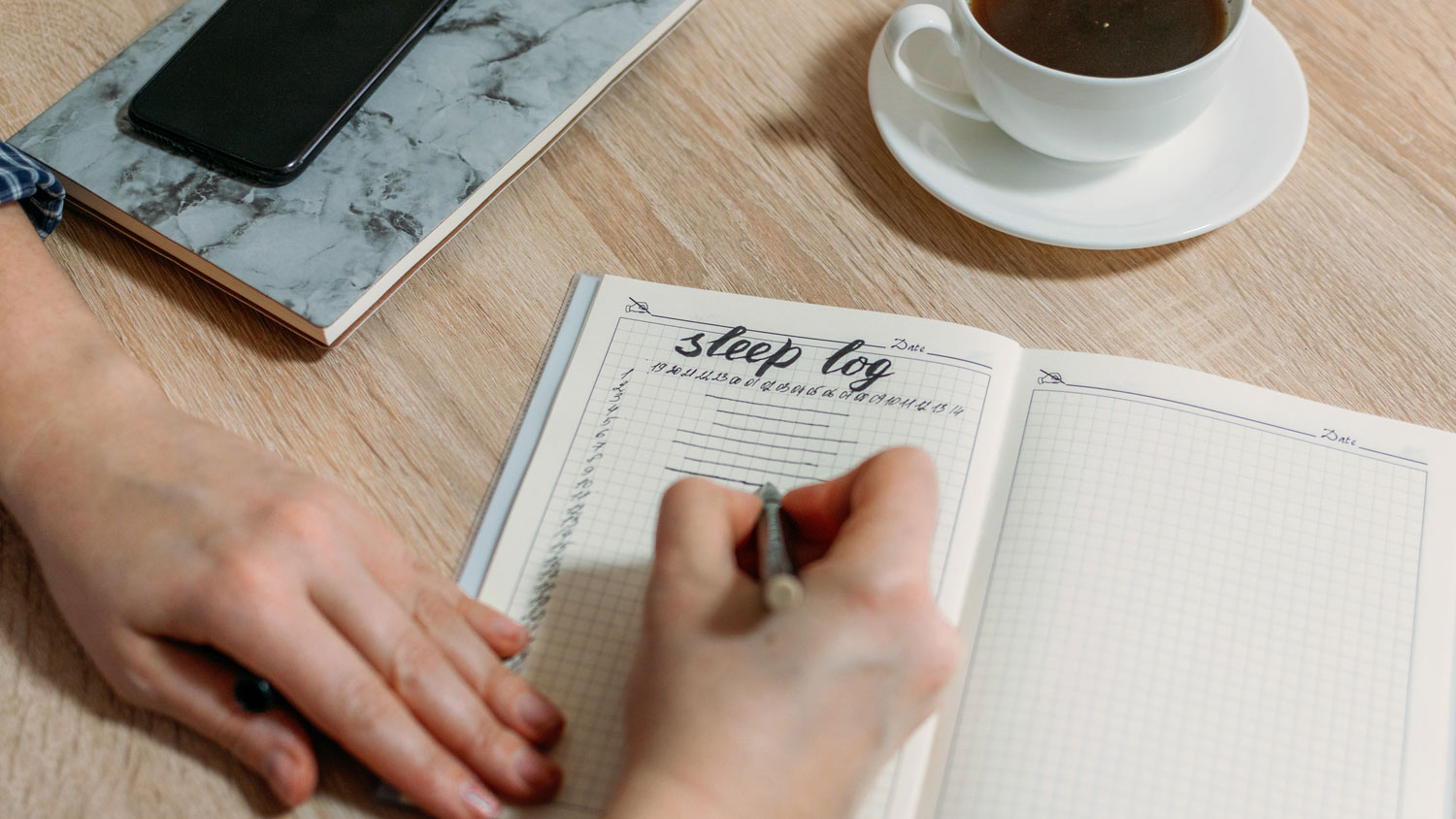How to find your sleep window and catch better ZZZs
Do you find that despite your best efforts, you’re not getting the quality sleep you need every night? It’s possible that even if you’ve invested in the best mattress and best pillow to go with it, you might still be struggling to fall asleep and waking up tired and irritable in the morning after a night of inadequate slumber.
If that’s you, it could be helpful to figure out what your sleep window is. Essentially it describes the optimal time period in which someone should fall asleep to get the most restful night; the tricky thing is that everyone has their own individual sleep window is slightly different, so there’s no right answer as to when it should be.
According to Chloe Angus, Wellbeing Manager at Cavendish Care (opens in new tab), figuring it out is a matter of trial and error; using curiosity and openness to increase your awareness of when you actually feel sleepy. “We suggest a good idea is to begin experimenting between 9:30pm and 11:30pm,” she says, “as most people’s optimal sleep window falls within this time.”
However she also notes that it might not be quite that simple, as other factors can have an impact on the timing and quality of your sleep, such as stress and alcohol, not to mention things like diet, mood and use of electronic devices. Chloe suggests that being aware of these factors should help you find it easier to tune into your body and recognise when you feel the most tired.
Chloe adds that if you develop a good sleep routine and regularly fall asleep within your optimal window, you can create a positive brain habit for sleep, which in turn will improve your overall sleep status. Read on to discover her tips for doing just that.
6 tips for finding your personal sleep window
1. Aim for eight hours’ sleep
Eight hours’ sleep is the standard sleep recommendation for many, but it may not be the right amount for you. “Whether you feel that you need the recommended 8 hours sleep or not,” says Chloe, “refer to this benchmark when finding your own sleep window. For example, if you need to get up at 6am, aim to be asleep by 10pm, and adjust accordingly.”
2. Don’t expect to drop straight off

It’s easy to fall into the trap of not falling asleep straight away, then being kept awake worrying about not being able to get to sleep. Chloe points out that it’s very rare to fall asleep as soon as our heads hit the pillow, so you need to factor in the time it takes to actually fall asleep. “If you’re aiming to be asleep by 10pm, get into bed at 9pm if it takes you a while to wind down,” she says. You should also consider preparing your body and mind for sleep with a sleep-friendly routine during the early evening, and avoid anything that could impact your sleepiness.
3. Cut down on caffeine and snacks

We all know that certain food and drinks can keep you awake at night. So, says Chloe, you should limit your caffeine intake and cut out late-night snacking. “Ideally,” she suggests, “avoid caffeinated drinks such as tea, coffee and energy drinks from midday, and finish eating completely at least 2 to 3 hours before you want to fall asleep to give your body a chance to digest food properly before bedtime.”
4. Put your phone down

The blue light that your phone emits can overstimulate the mind by tricking it into thinking it’s daylight, which will make sleep harder to come by, but even if you’ve fixed that by activating a dark mode, late-night doomscrolling can be just as ruinous to your sleep, so Chloe suggests that you resist looking at your devices late at night. “Switch off phone notifications by using the Do Not Disturb feature on your phone,” she suggests, “use night time filters, and avoid engaging, stimulating TV or film content in the lead up to bedtime.”
5. Build a bedtime routine

Our minds and bodies love a good routine; it saves us the hassle of having to think about what we’re doing, making it easier to build new, healthier habits. So, says Chloe, you should take advantage of this by developing a night-time routine to optimise your sleep window. “A healthy bedtime routine that includes things such as reading, listening to relaxing music or performing a step-by-step skincare routine will help to soothe you before bed,” she says, “helping you achieve that ideal window of sleep needed for your wellbeing.”
6. Keep on track with a sleep diary

Finally, while you might start working on your sleep window with the best intentions, it’s easy to let things slip. To prevent that, Chloe suggests writing a sleep diary; making notes of mental distractions, and giving yourself daily deadlines to keep yourself consistent. “For example,” she suggests, “having the last cup of coffee at 12 noon, herbal and decaf beverages only after this time; evening meal to finish at 7pm; switch off phone/TV and start bedtime routine at 9pm. With these distractions out of the way, you will be able to discern when your body usually wants to fall asleep naturally.”
Want to know more about finding your ideal sleep window? Mattress Online has all the details on timing your sleep to your natural rhythms (opens in new tab).
For all the latest Technology News Click Here
For the latest news and updates, follow us on Google News.
